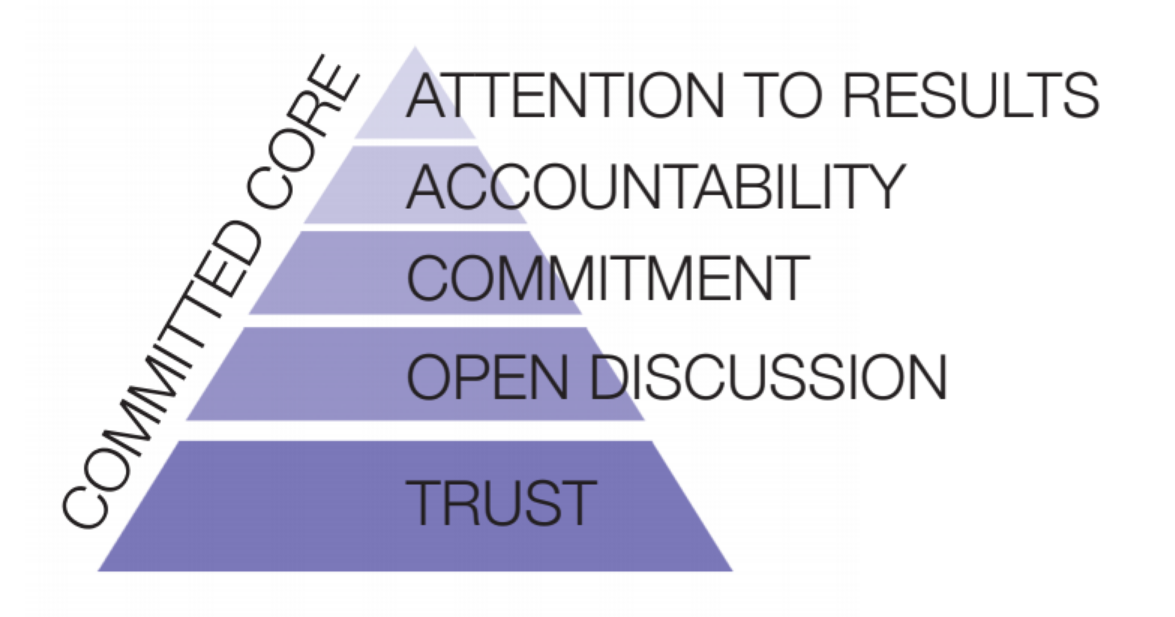A Starfish Structure
Global Context regarding Structures of Mission and TWC Movements are going to rise and fall with increased rapidity in the world in which we live. That is because the context around us is changing so rapidly. Organizational structures can’t hope to keep up with these rapid changes. As a documentation of past effectiveness, most organizational structure looks back, not forward.
Structures are usually built to protect a “brand,” exercise quality control, enhance communication, secure property, or perpetuate and replicate processes. One needs a “brand” if the organization is raising capital from a broader public. Our natural default position when something good happens is “programme or package it” so that it can be scaled up.
Structure and leadership consume a greater amount of resources. Tim Keller has said: “An organization is more top-down, structured and controlling. Movements are more grass roots, dynamic and collaborative. Movements are dynamic, self-propagating, and encouraging to others to start similar efforts, without owning them.”
We have decided that we are not going to try to protect our “brand” of transformation. TWC does not seem to have any of those functional needs except to possibly enhance communication.

Committed Core
The base of a movement in today’s world is a committed core of people, who trust and respect one another and apply their gifts and creativity to God’s common existential calling on their lives. There will always be movement of people into and out of the motivational and empowering circle because of very permeable, shifting, and porous boundaries.
Diversity of gifts, experience, and background within the core provide a necessary flexibility to keep renewal going. This diversity must be protected and nurtured as the natural tendency of the core is to homogenize.
- Download PDF:
- A-Startfish-Structure.pdf